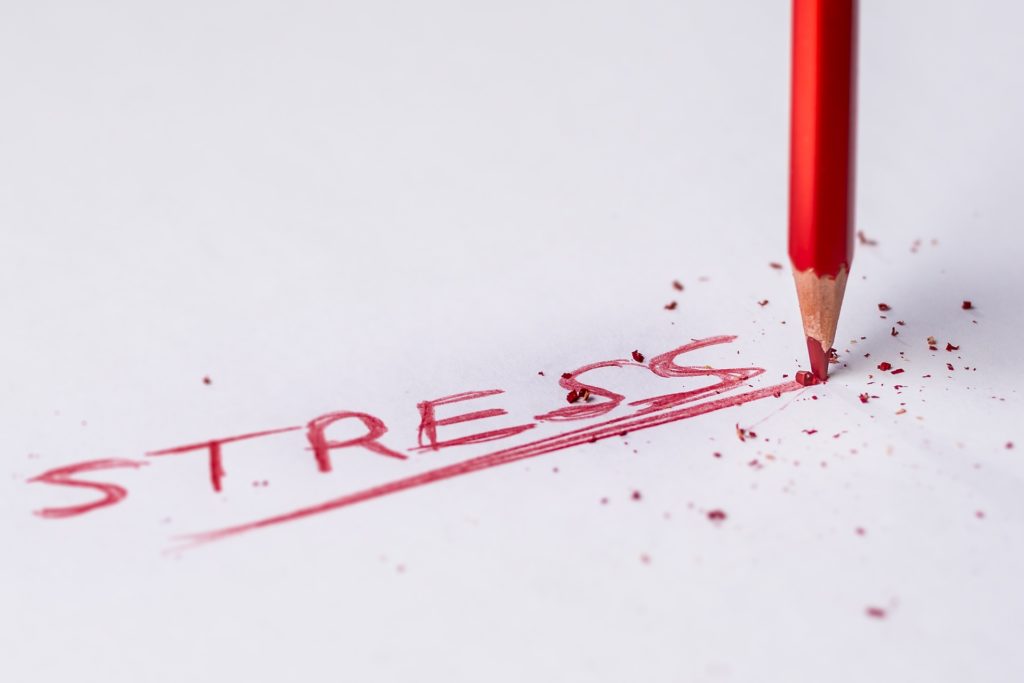What is Neurofeedback?
Many people are tired of being given drugs that do more damage than good and seeing doctor after doctor with no relief. As a result, neurofeedback treatment is now a popular therapy for conditions ranging from stress and anxiety to concussions and migraines.
Neurofeedback, or electroencephalography (EEG), is a non-invasive method to control and measure your brain waves and body temperature. This kind of treatment enables your neurofeedback provider to retrain an otherwise involuntary body procedure — i.e., your brain waves — through elimination. All neurofeedback methods include EEG sensors that track your brainwaves and a computer to send feedback to you. There are various ways to obtain this feedback. It may involve playing a game, listening to music, or watching a movie.
The stimuli (sport, music, or movie) only work smoothly when your brainwaves work within an optimal selection. This action acts as a reward for your mind. If your brainwaves fire at a not optimal speed, you will get negative feedback (your picture pauses, the audio stops, etc.). This action tells your mind that something is out of equilibrium and makes it “figure out” how to return to a seamless movie, music, or match.
Throughout a neurofeedback training plan, your brain learns from this feedback. This process can promote lasting structural changes inside your brain. The brain then always operates more optimally beyond your training sessions, relieving your symptoms.
Why is This Helpful?
Neurofeedback can help many ailments, such as anxiety disorders, stress, ADD/ADHD, panic attacks, depression, headaches, migraines, some types of memory issues, and sleep difficulties. Because common conditions such as depression, ADHD, anxiety, concussions, and more happen when your brain waves are not working together in perfect equilibrium. Neurofeedback therapy permits you to retrain certain regions of your mind to bring it back to its operational best.
Many professional athletes and business professionals use neurofeedback to enhance their performance through enhanced focus and stress control. Many people experience supplemental benefits to neurofeedback training, like improved sleep quality, less stress, and a better ability to adapt and handle daily challenges. Your brain won’t work effectively until all of its areas are functioning in alignment. This is where neurofeedback comes into play.
How does neurofeedback work?
When you start treatment, you are going to map out the brain through Quantitative EEG (QEEG). This can help identify what particular brain regions are out of alignment. Neurofeedback therapy can be tailored to the areas that need a little TLC with this important evaluation information.
Throughout your session, detectors placed on targeted areas of your mind will demonstrate the present state of your brain in contrast to what it should do. Sounds or music played through headphones will push your mind closer to a more relaxed state. It is pain-free, drug-free, and non-invasive. All you have to do is show up and unwind.
Does Neurofeedback Work for Stress?
It does. Research has revealed that receiving neurofeedback treatment can help to improve the way your brain works to alleviate stress symptoms. Anxiety becomes an issue as soon as your brain has”locked” to a state of heightened sensitivity. It creates new neural pathways that cause anxious thoughts. The more we travel down these pathways, the harder it is to prevent them. The outcome is persistent anxiety.
Neurofeedback helps to retrain your brain’s area, causing your symptoms and bringing you back to a state of equilibrium.
What Other Conditions Can It Help?
Neurofeedback therapy helps alleviate the symptoms of many conditions, including:
– Sleep Disorders
– Stress and Depression
– PTSD
– Seizures
– Addiction Recovery
– ADHD/ADD
– Autism
– Peak Performance
– Migraines
– Concussions and Traumatic Brain Injury
Our intellectual skills and psychological resources can be considerably improved with neurofeedback training.
Is neurofeedback safe?
It is safe if you go to someone who uses their equipment correctly. So long as the supplier has accredited training and deep comprehension of how the brain works, you will have the ability to find relief from whatever condition you are battling. Any negative side effects and use that word loosely, reported after your therapy, serve as feedback to tell us how your mind reacts. This information can be used to correct your subsequent treatment.
Side effects usually include migraines, insomnia, feelings of stress, brain fog, or headaches — nothing harmful or permanent!
Who provides neurofeedback?
Neurofeedback (EEG Biofeedback) is typically provided by mental health professionals such as psychologists, family therapists, and counselors. These professionals generally work with clients one-on-one. Physicians, clinical social workers, and rehabilitation experts may also give the training. MDs also supply the support, but with the exclusion of psychiatrists, they typically have the service offered by trained staff.
Summary
Over time, certain neurofeedback (EEG Biofeedback) training protocols are developed, which are helpful with certain types of problems such as attention, depression and anxiety, migraines, and seizures, in addition to cognitive function. Numerous evaluation tools can help determine which protocols to use with neurodiagnostic and neuropsychological tests.







